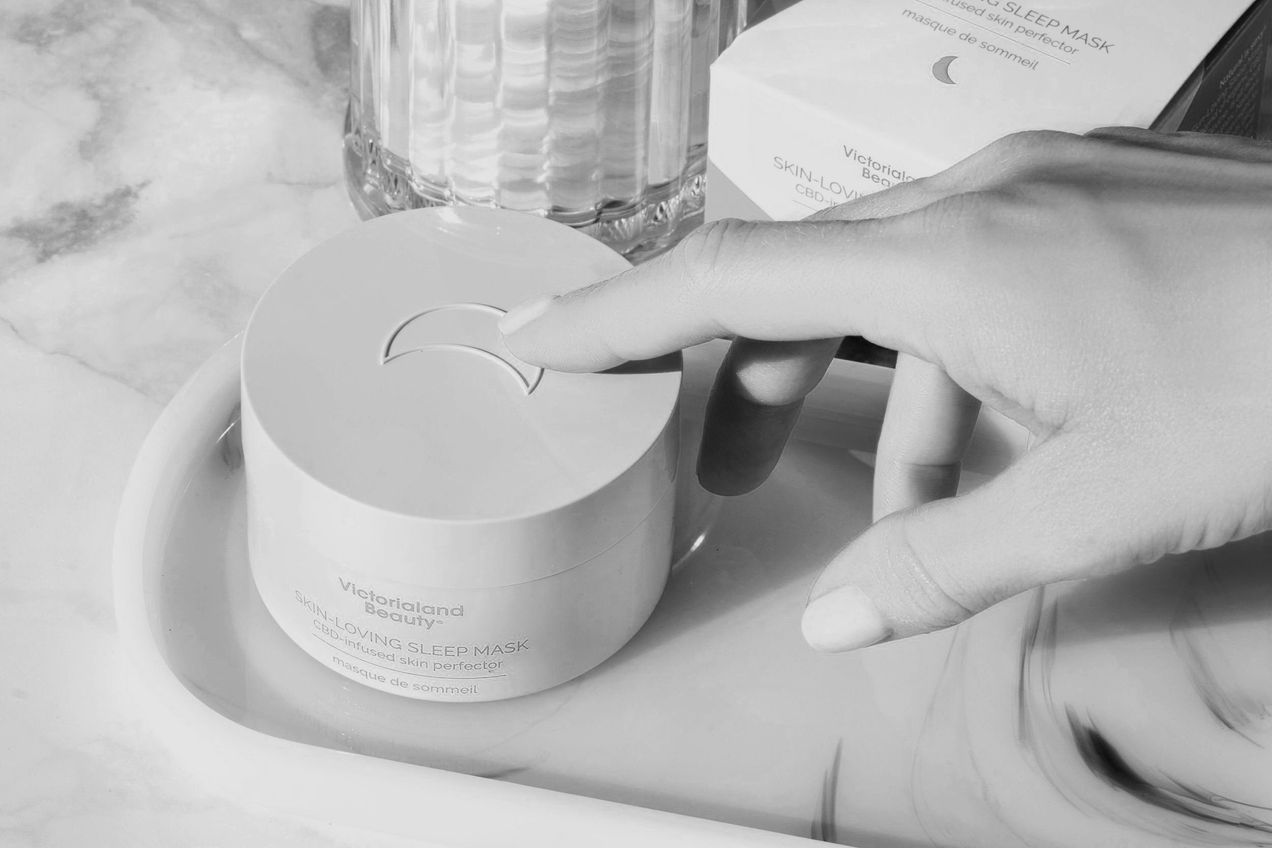News & Insights
Sustainable Beauty Innovations

What the latest Indie launches tell us about the beauty market
From brand closures to reselling at explosive prices, what is the reality of the current market? Still vibrant, still bringing creative ideas to life. The Beauty market continues to attract fervent entrepreneurs in the pursuit of releasing yet another miracle product on the market. But what makes or breaks a
Do luxury consumers care about sustainability?
A recent survey from IFOP (Sociovision) and Luxus+ was released at the Luxeperience event in Paris, revealing the updated profiles of luxury buyers and providing insights into why and how they purchase luxury items. From luxury experiences to physical products, consumers are seeking authenticity, creativity, and interactivity. What defines the
What is an holobiont and how cosmetics are helping it?
“A holobiont is an assemblage of a host and the many other species living in or around it, which together form a discrete ecological unit through symbiosis.” For example are considered to be holobionts or “superogranisms” so are humans or reef-building coral. In other words, an holobiont is a living
New Beauty Brands you may have missed recently
Amongst the many launches, mergers and acquisitions, it can be hard to keep track of what's happening in the beauty market. Here is a quick recap of the brands that we’ve seen and that we think are bringing something different to the market, with a sustainable aspect
French glass maker invests in CleanTech
Groupe Pochet the French manufacturer of luxury glass - behind the Chanel N°5 bottle or the iconic Bee Bottle by Guerlain which was created by the Maison Pochet in 1853 - celebrated its 400-year anniversary in late June 2023 (watch our live report). Indeed the Verrerie Du Courval was
What is happening with skincare when it comes to sustainability? An overview of current trends.
The skincare market globally had an estimated value of 115,116 billion USD, in 2021, and will move beyond the 200,000 billion USD by 2026 according to a recent report by Euromonitor. Facial care remains the biggest segment with an estimated value of over 121,000 billion USD by
caliray: Redefining Creativity and Sustainability
Caliray has been pushing the boundaries of creativity and sustainability since the brand's inception. We think their story is interesting to demonstrate how sustainability can be fun and attractive. After all, as we wrote recently, beauty is about beauty daring to dream! Embracing Unfiltered Beauty Caliray embodies the
It’s all about the finish while being more sustainable
To ensure elegant and memorable packaging, decorations are an essential part of the finished cosmetics goods. Yet depending on the technology used at manufacturing, the environmental footprint can vary greatly. Indeed it is important to differentiate a beauty brand at point of sale from its competitors and moreover for the
Waterless Beauty 2.0: Exploring the Future of Formulation
Waterless Beauty 2.0, and the Future of Formulation With the rising demand for sustainability in the beauty industry, waterless beauty products have emerged as a promising solution. Initially popularised in the organic category, the trend has now extended to mass and luxury offerings. However, formulating waterless or water-free products
Accessible Beauty: the new priority in inclusivity
The beauty industry has made great strides in embracing greater inclusivity in the past few years - from creating diverse colour cosmetics that appeal to all skin tones to offering products to cater for different hair textures, body types, gender identities and age. However, one underserved consumer group that is
Making beauty packaging more accessible for everyone. An interview with Victoria Watts, founder of CyR.U.S.
This interview is part of an in-depth report about accessible beauty. Read more HERE When it comes to creating packaging that is accessible to everyone, Victoria Watts, founder of CyR.U.S., knows just how to do it. Watts has created a universal and intuitive solution that uses raised, tactile
Beauty refills with pulp or how creativity can support a sustainable design approach
Imagine a lipstick refill where the cartridge does not carry any mechanism. Or imagine a cream jar that houses a refill made of moulded pulp? This is the inventive design created by Morrama, an agency based in London. The team is behind some of the most resounding launches like Wild
Packaging sorting info applicable to cosmetics
Here in this article, we detail the compulsory Sorting Information in France. These rules must be applied to all packaging of all products sold on French ground. This report is supported by content from CITEO. AGEC LAW MAJOR DATES (Loi Anti-Gaspillage et Economie Circulaire), the first of its kind in
The French regulatory framework for green claims
Protecting consumers against greenwashing is a priority for European and French legislators. Although European authorities are working on a single framework, currently there is not yet a specific regulation for green claims in the European Union. That’s why each Member State can have its own specificities. In France, two
















